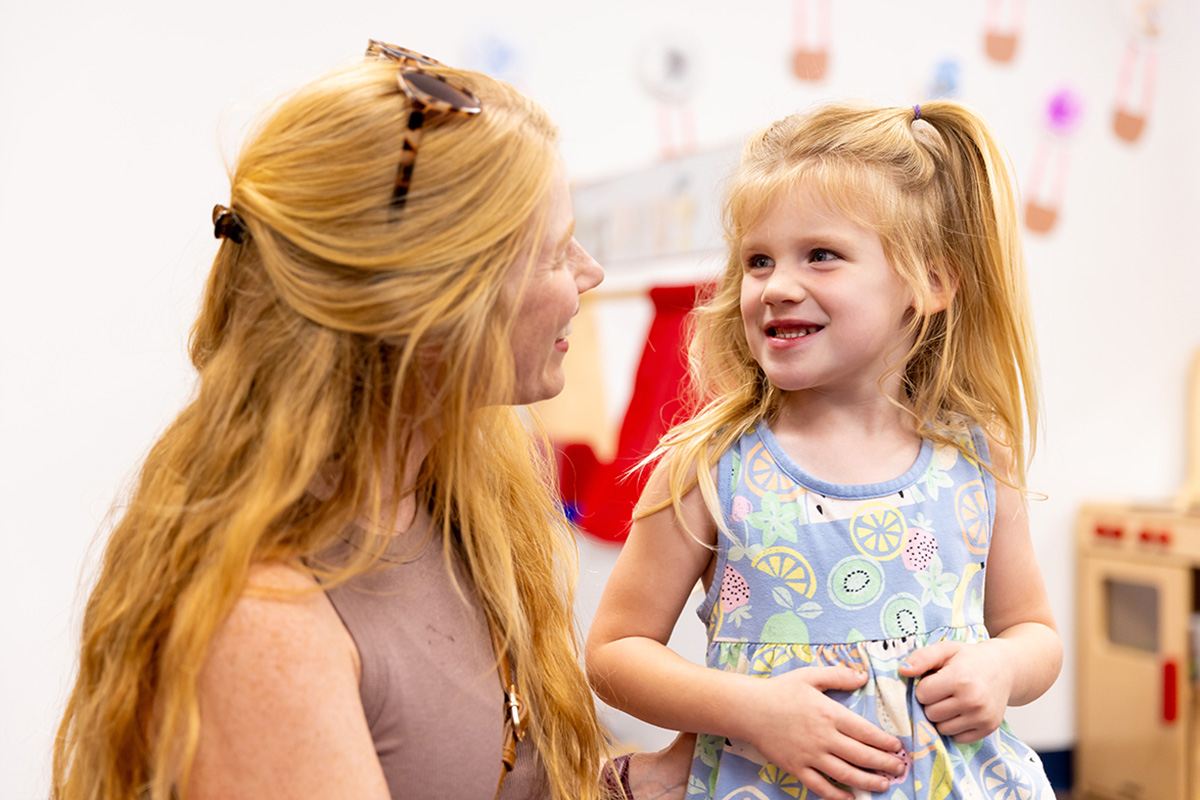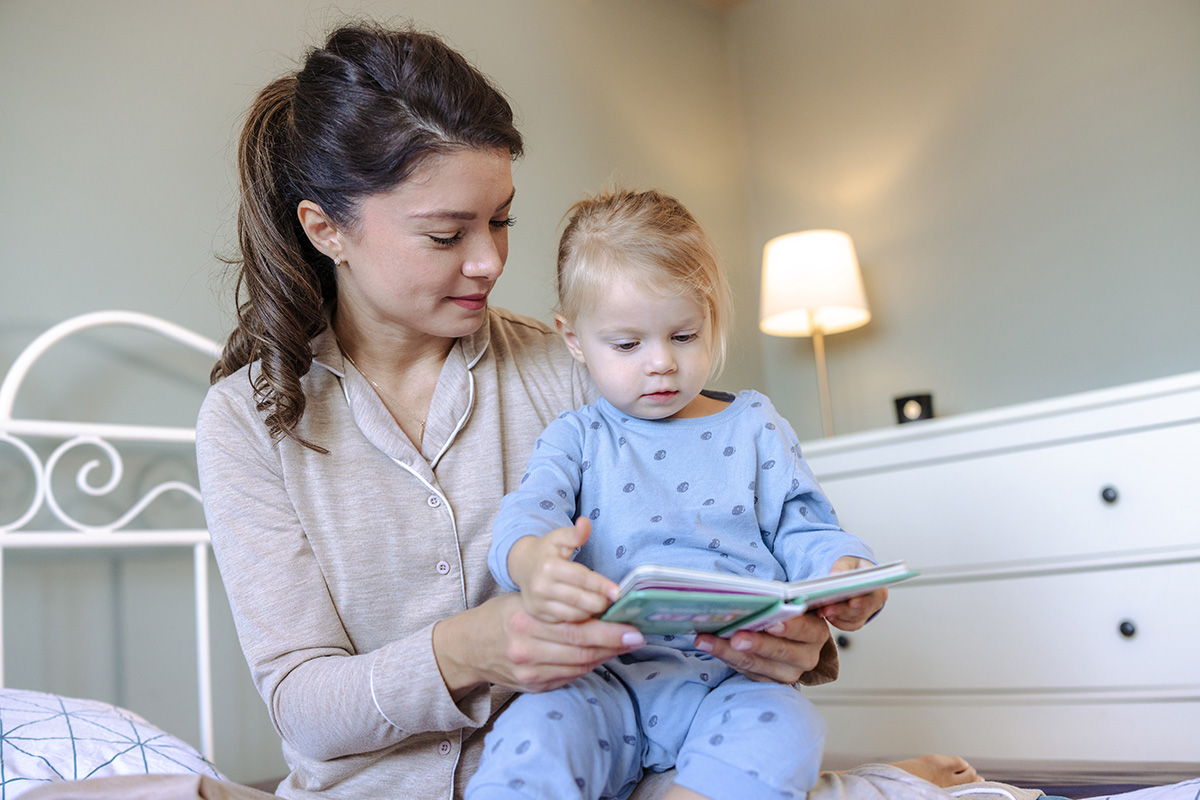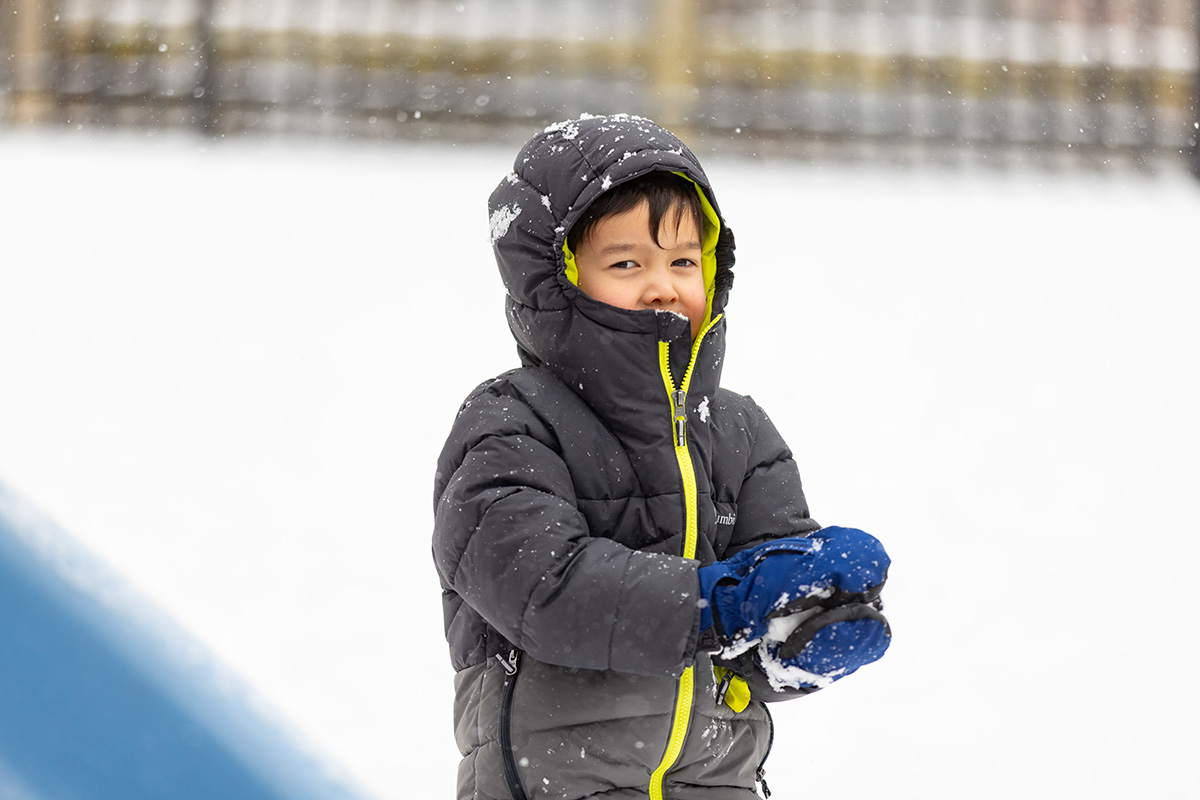While outdoor play is a great way to keep children active and happy (and learning!), there are some summertime essentials every parent needs to protect their children from the potential hazards of summertime.
Pool Eyes
Are your children’s eyes red after being in the pool? For many children, this may be a simple case of contact irritation from the chlorine or other chemicals in the water. (And, hey, it can even happen swimming in the ocean or a freshwater lake.) Kids’ eyes may sting, itch intensely or feel exquisitely sensitive to light. The best treatment is to take a break from the pool. Most bloodshot eyes will fade back to their normal color within a few hours. If the itchiness or irritation is causing your child minor to moderate discomfort, apply a damp washcloth chilled in the fridge to their closed eyes for a few minutes at a time to reduce the inflammation. The key lesson from the dermatologist’s playbook is that the feeling of coolness overrides itchiness. Applying a cold treatment may provide enough relief until the redness and irritation fade away. If your little one insists on returning to the pool with fiery-colored eyes, they should use a pair of well-fitting goggles to prevent contact with the water. Some kids may need a little practice in getting used to this, but will soon appreciate the comfort it offers. Eye protection may prevent inflammation altogether.
Sun Safety
Following consistent commentary from the CDC and product reviewers, I recommend families avoid sunscreens containing nanoparticles. We simply don’t know enough about their effects on little bodies or the environment. Aim to use a product with an SPF between 30 and 50 that protects against UVA and UVB rays. Anything higher than 50 doesn’t offer any additional benefit and usually costs more. Buy more of the inexpensive stuff and use it liberally, about an ounce per person per application because you have to use enough product for it to work. Read labels, and avoid products with known or suspected health effects, such as oxybenzone, which is a hormone disruptor, and retinyl palmitate, which may increase the risk of sun damage.
The use of spray sunscreens remains controversial. Applying it so that children can’t inhale the unhealthy ingredients can be difficult. Spraying can also make it tough to get enough even coverage on exposed skin. Use it at your own discretion.
To quote my dermatologist uncle and his wisdom for the ages, “Unless you need to use a flash on your camera and you can see the sun, then you need sunscreen.” Listen to Uncle Steve and apply sunscreen.
Foot Care
Athlete’s foot is a slow-moving, annoying-but-not-dangerous fungal infection of the skin. The fungi that cause it are ubiquitous in the environment, and developing an infection is not a sign that a child is unclean or went swimming in the wrong pool. In fact, knowing exactly where someone got athlete’s foot is nearly impossible because it can take up to 10 days to blossom into a rash. The rash is typified by itchy and burning bumps in the spaces between the toes. Tinea pedis, the fungus that causes it, thrives on children with damp feet. Encourage your children to dry their feet after swimming or bathing, to let their feet be exposed to the air when appropriate and to wear clean socks with shoes. If your children have itchy feet and are waiting for an antifungal cream to take effect, I recommend this classic and cheap remedy: apply a chilled, damp cloth or a small bag of ice intermittently to the itchy toes. The feeling of coolness overrides the itchy feeling, so while the cream starts to take effect, your children can chill until their toes feel better.




